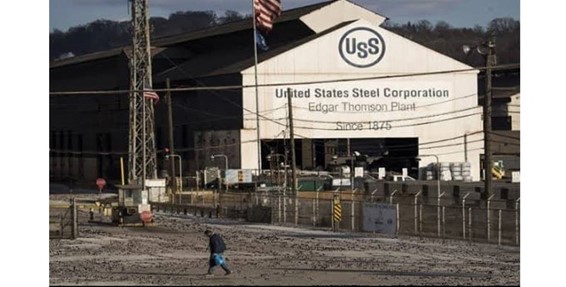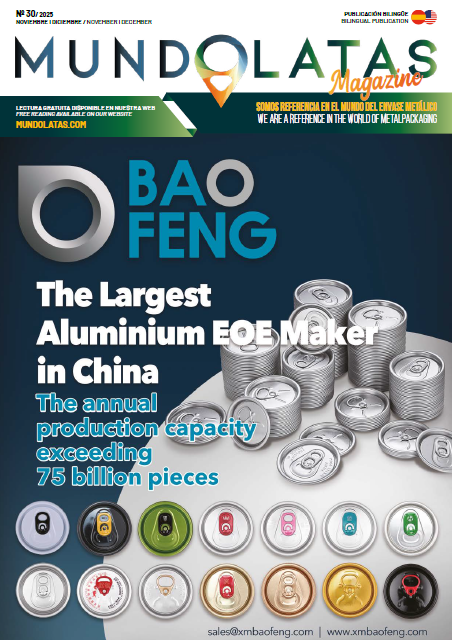United States Steel Corporation has designed guidance for the second quarter of 2022 which is expected to be $1.6 billion in adjusted EBITDA, which would equate to a new historical best performance. However, net earnings per share are expected to be between $3.83 and $3.88, a fairly good range where the company anticipates some big financial gains this half year.
“We expect to continue to achieve a new record in line with what has been happening in the other quarters,” confirms US Steel president and chief executive officer David B. Burritt. “Our business is giving satisfaction because it was doing well in diverse markets and especially with renewables. We expect our marketing plan to continue to achieve large and more profitable price allocations for us as well,” the president adds.
Burritt also notes that Best for All’s invested capital strategy is being maintained: “Our balance sheet is maintained with an overfunded pension plan and no debt maturities until 2029. Our strategic projects are prefunded, and we have a current cash position of nearly $3 billion. We continue to invest in the business with great confidence and are well positioned to make our strategy and capital allocation framework Best for All,” he adds.
The idea is that the company wrote down $320 million of common stock in the period, which the company received $800 million for repayment of the repurchase authorization. Approximately $210 million remains at that time.
The company also expects the laminates segment’s adjusted EBITDA by number of squares to be significantly higher than that of the first quarter. The company expects demand to increase across the diverse customer base which, in turn, will create higher shipment volumes. Also, he is confident that there are no headwinds because the company has achieved satisfactory results in the first quarter.
The Mini Mill segment is expected to deliver adjusted earnings, as it did during the first quarter. It is expected that there will be two activities instead of one; the first one from increased orders and lower side prices, while on the other hand higher metal product costs will be compensated by lower average selling prices.
Adjusted EBITDA in the European segment is expected to improve over first quarter performance, as well as higher raw material costs emerging from the war in Ukraine more than offset by selling prices, particularly steel, in the region. He is also confident of continuing to trade on familiar demand as the volatile geopolitical situation continues.










